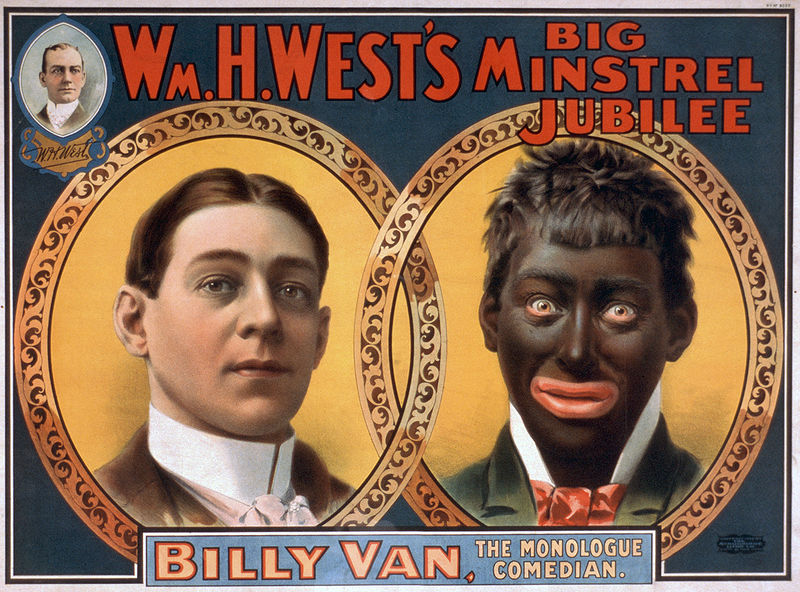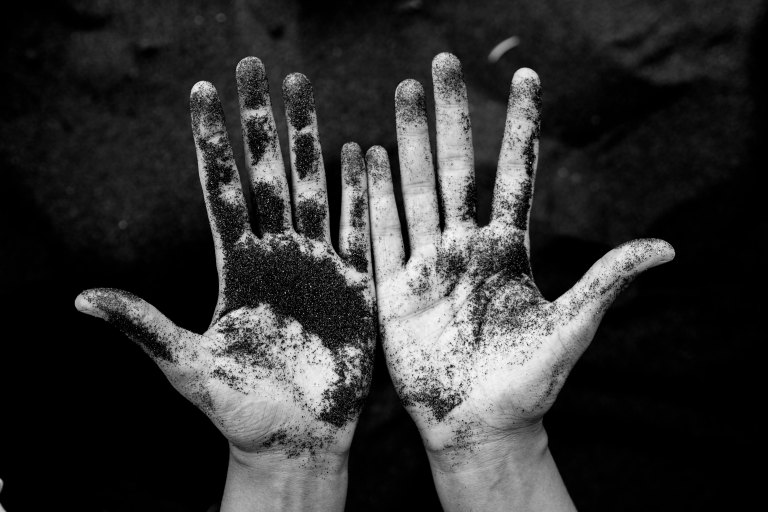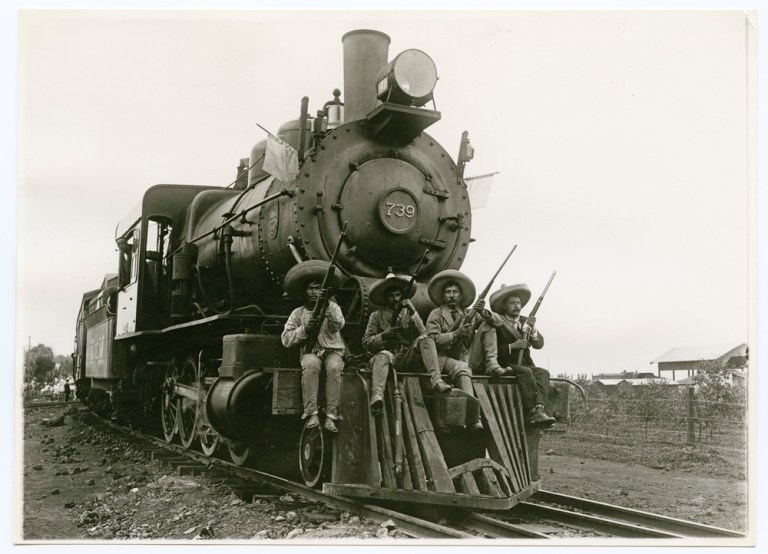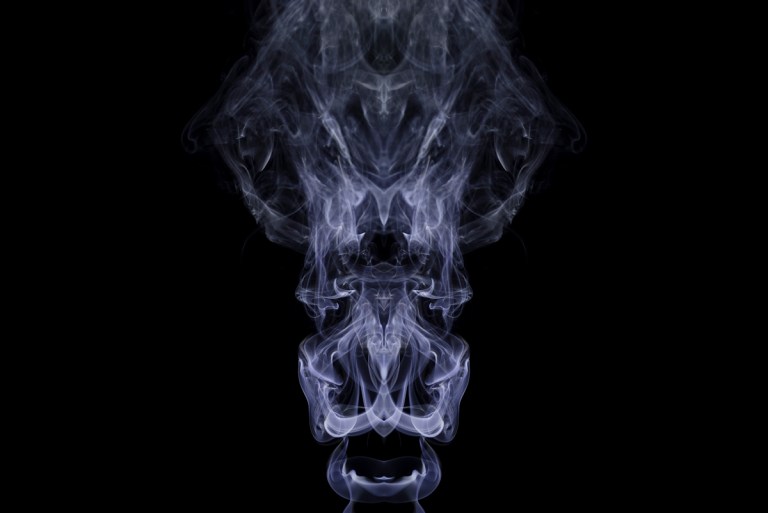7 Things That Can Raise Awareness For Secluded African Tribes That Are Not Blackface
Yesterday, the Internet blew up with the story of a Hungarian journalist, Boglarka Balogh, who decided to "morph" herself into various secluded African tribes in order to raise "awareness."
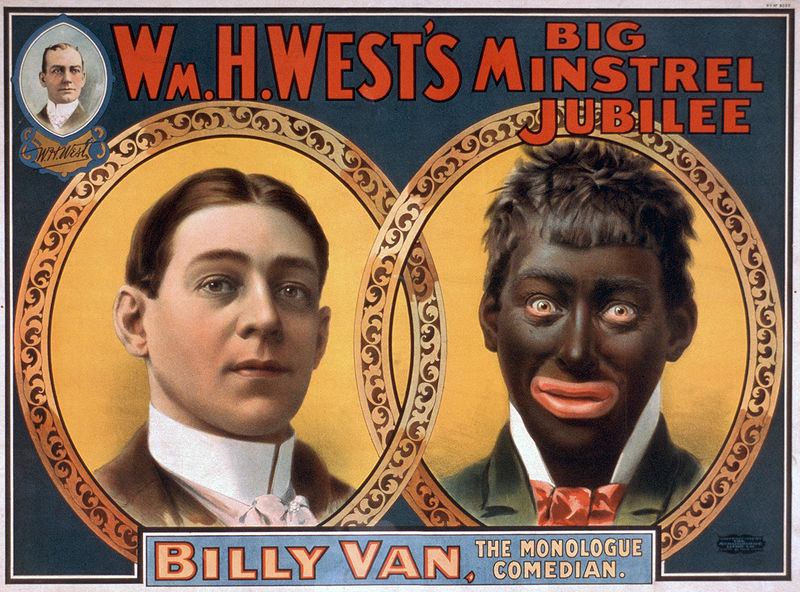
It is unfortunate that so early in 2016 we have to be reminded that blackface is still a thing that (white) people think is okay to do. And no, ignorance is just not an excuse anymore. Many of us live in an era of excess information with access to groups and stories that can keep us in the know. And those who don’t, are usually not the ones flaunting their ignorance for the world to behold.
Yesterday, the Internet blew up with the story of a Hungarian journalist, Boglarka Balogh, who decided to “morph” herself into various secluded African tribes in order to raise “awareness.” How did Balogh go about doing this? She used blackface and “wore” the Africanness of particular tribes as a costume. That a journalist from any country can act so callously in the modern-age, would be surprising if the extent of whiteness’ objectification, thingification, and fetishization of blackness and Africanness hasn’t proven time and again, its ability to transcend time, space, and common sense.
The site that Balogh published her “awareness,” Bored Panda, has since taken down the post. The author left the following note:
Update: Since I had no intentions to offend anyone and yet I’m not able to answer to all of you, I’ve decided to delete my post.
My intention was 100% pure with this tribal art, being a human right[s] lawyer and journalist who knows pretty much about racism and similar issues, I have never imagined that my work will annoy so many people and that I will have to explain myself. And sure, I will not do that. Keep calm and love every human.
This “Oops, sorry,” response to what I would call cultural bastardization, wherein features and facets of a culture are misconstructed for marketability, has to end. Moreover, there are ways to bring awareness to cultures different from yours that do not include revisiting racist actions and performances.
Yes, blackface is harmful, derogatory, and dehumanizing. Painting yourself black given the context of historical minstrel shows, the position of the prejudices and discrimination faced by people of the African diaspora wherever they reside, and the cultural features ascribed to specific groups that have the capacity to be appropriated when performed out of context, is not the way to participate in intercultural experiences, much less raise “awareness.”
In the spirit of intercultural experiences – because they can be enriching, encouraging, and enlightening, the following are ways to raise awareness for “secluded African tribes” (and other groups you may want to tell a story about) that do not include blackface (or other derogatory practices):
1. Visit cultures you’re interested in, immerse yourself in their traditions, learn their history, and maybe even learn a few things in their language. See your differences and see your similarities.
2. Ask people about their world views and their concerns. Ask an intercultural communication teacher, scholar, or other knowledgeable person why these world views may differ from your own. Reflect on what you learn.
3. Share their stories from their point of view. Let them take center stage in being their own voice. Recognize that people, even those who are disenfranchised in any context, can speak for themselves.
4. With their permission, take pictures of their lives. Take pictures of the women, men, and children going to work and school, on the streets, and at play. Take pictures of them in their suffering and pain, but also take pictures of their happiness and their joy. Acknowledge the complexity of any one person and group of people – do not reduce them to a single perspective or image.
5. Show them facets of your culture. Teach them about how you communicate, the things that you think about and fear; the ways you connect, and whether they would like to connect in those ways too.
6. Find out how the people want to change their lives. Ask them if they would like to be in contact with many other groups and people in their area, or with the world as a whole. From there, learn what grassroots organizations are operating, and how you can support them.
7. Be an advocate, not a crusader, for the lives and stories of other people. Empower people, but do not overshadow them. Bring awareness to their humanity, not distractions that remind the world of your own. When you are in a position of power and privilege, the world doesn’t need a reminder of your humanity; it is fully aware.
In the final analysis, perhaps of this situation specifically, but also of how to bring “awareness,” or “assistance” to the stories of those who find themselves insignificant or marginalized or forgotten by the world, an African (Nigerian) proverb says it best: “Give me a push from my back does not mean give me a hunchback.” ![]()
